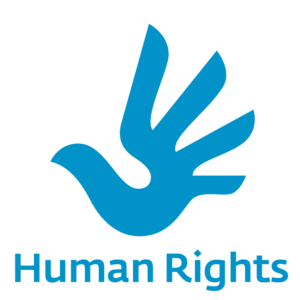US Human Rights Report expresses concern over freedom of expression restriction in Pakistan
Pakistan saw ” serious restrictions on free expression, the press and the internet including violence against journalists, unjustified arrests and disappearances of journalists, censorship and site blocking […]” during 2020.
This analysis of the situation of press freedom in Pakistan was presented as part of the US Department of State’s 2020 Country Report on Human Rights Practices in Pakistan which looked at human rights violations in the country including the environment under which the media had to operate during the past year. Section 2 of the report focussed on respect for civil liberties which included: freedom of expression including the press.
The State Department’s annual report highlighted the restrictive, threatening and censored environment of the media in Pakistan. It is an account of where press freedom stands in the country and how rather than moving towards progress, the situation for free expression in Pakistan appears to be worsening.
According to the report, while the “law provides for freedom of expression, including the press” there were “constitutional restrictions” placed on this free expression thus limiting it. Additionally, journalists continue to face threats as well as attacks which resulted in self-censorship. The State Department said state agencies including the Pakistan Electronic Media Regulatory Authority had “enforced censorship”.
In terms of attacks on the media, the report found that there was an “increased frequency” of threats, harassment and violence against journalists reporting on sensitive issues.
In their report, the US State Department said there was an increased legal power for the government to “restrict information it deems prejudicial to the national interest” which the report stated resulted in the use of these laws to prevent or punish media criticism of the government. There were also specific challenges on reporting on certain issues and from certain parts of the country where permission had to be sought from a government ministry.
The overreach of PEMRA was detailed in the report which stated that the regulatory body had issued “editorial directives” to media outlets.
This is a trend that has carried into 2021. In its most recent directive, PEMRA has advised the media on how to cover the accountability watchdog, the National Accountability Bureau. This was a development that PPF has condemned.
Members of the media fraternity continued to experience violence and harassment. As per the report while “security forces, political parties, militants and other groups subjected media outlets, journalists and their families to threats and harassment,” women journalists faced particular “threats of sexual violence and harassment, including via social media, where they had a particularly strong presence”.
The State Department found that media reporting on topics considered as “sensitive” by authorities were “often the targets of retribution” including death, abduction, arrests and criminal cases.
In this environment, the report found that the media organizations “generally engaged in self censorship” particularly on specific topics.
As per the report, journalists said that they were “under increased pressure to report the predetermined narrative during the year and PEMRA issued editorial directives to media outlets”.
A key development discussed in the report was the government’s increased use of the “media system, as well as government advertising, which makes up a large portion of media revenue, to suppress information deemed threatening”. This was an added burden to the economic challenges created by the pandemic.
In terms of non-governmental impact, the State Department found that the violence of non-state actors against media workers had decreased. However, there remained an environment of threats, attacks and violence that led to self censorship.
The US government’s report on press freedom in Pakistan highlights the urgency for the state and its institutions to pass legislation for the safety of the media, to act as responsible state entities rather than the source of restrictions on press freedom and to ensure that the situation is improved so that the media in Pakistan does not have to operative in an environment of fear.

